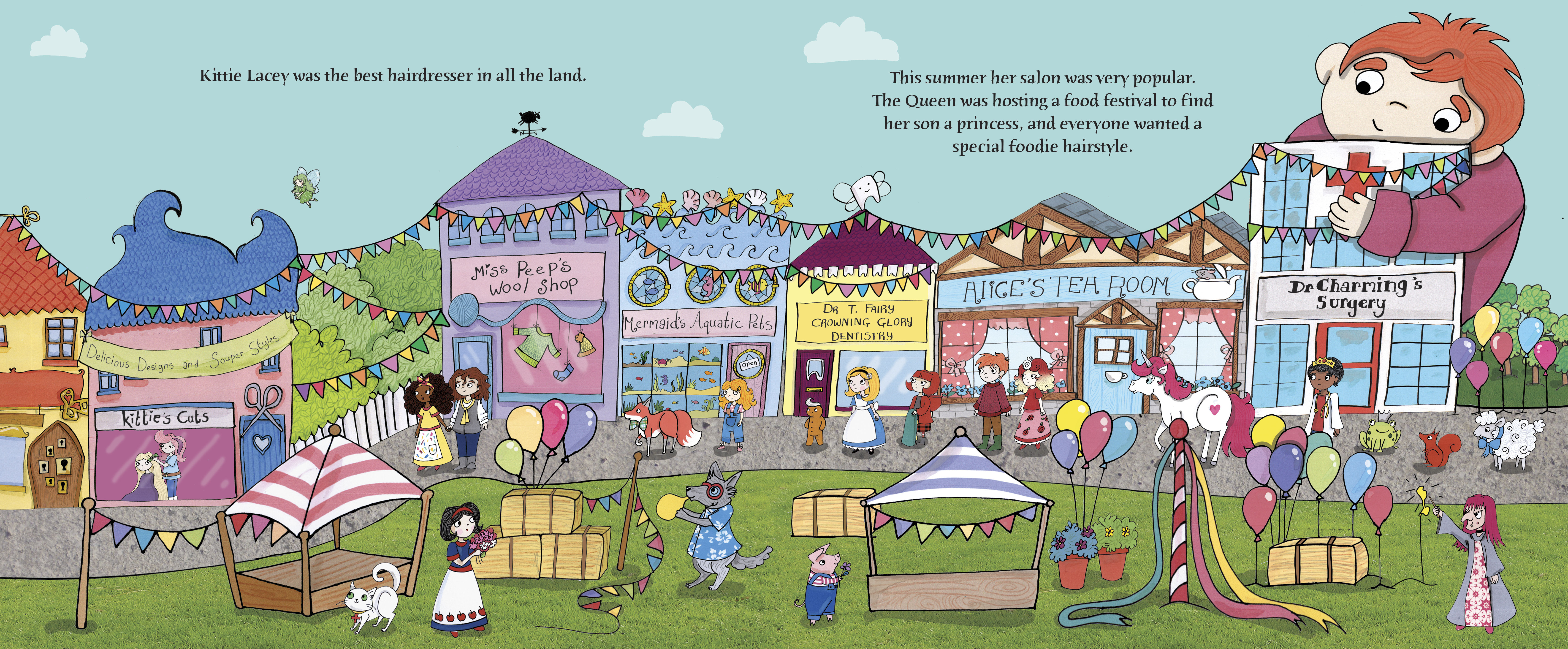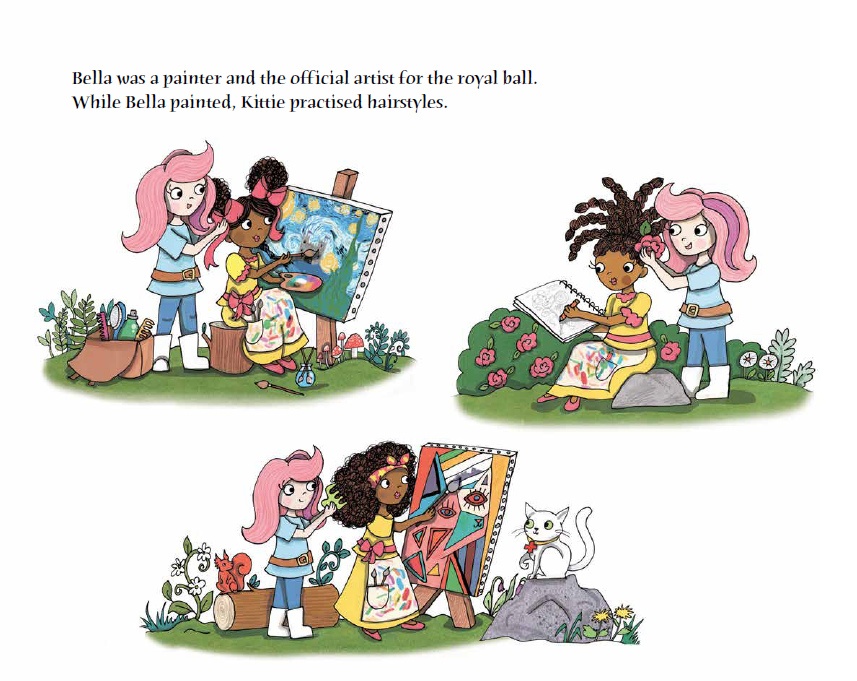- Home |
- Search Results |
- Why fairy-tale characters can be good role models
Why fairy-tale characters can be good role models
Abie Longstaff, whose modern-day fairy tales are full of sassy girls and characters of all abilities, discusses whether fairy-tale characters still make good roles models, and what we can learn from tales of the past.
I love reading inspiring books and stories about the lives of real women who have changed the world or achieved great things. But what about fairy tales? Is there still room to read about princesses and frog-princes and witches and wizards? Are these old-fashioned stories somehow less feminist, less inspirational for children?
Are traditional fairy tales sexist?
When we think of traditional fairy tales we ascribe to them the image of girls waiting to be rescued: the ‘damsel in distress’ trope. But that is not entirely fair. At the time these old tales were written, thousands of years ago, girls didn’t inherit and they didn’t earn a living. Marriage was one of the only routes to climb the financial ladder. In this sense fairy tales were empowering: they featured a female main character, someone brave and clever, competent and resourceful; someone who had the wits to escape her hard life and achieve a remarkable goal – a move up the social ladder.
Nowadays most girls have far more life choices, but it’s worth remembering that fairy tales used to be the voice of those who had little say in their lives.
In The Fairytale Hairdresser series, Lauren Beard (illustrator) and I take care to show a range of roles for women. Kittie Lacey, the main character, is single and runs her own business. Her salon, in the heart of Fairyland Village, is where everyone goes for a new style, for a chat or for help with a problem. In our world, the Tooth Fairy is a dentist; Little Bo-Peep has a wool shop and, in The Princess and the Frog, Princess Lily is a vet. We also have married mums who work (Cinderella), women who stay at home (Rapunzel) and women who follow their dreams (The Little Mermaid is a fabulous singer).

'In our stories, it’s always Kittie who saves the day. She’s the problem-solver, the one who faces up to wicked witches or rescues people from caves.'
In our stories, it’s always Kittie who saves the day. She’s the problem-solver, the one who faces up to wicked witches or rescues people from caves. There are of course many traditional fairy tales in which the girls do the saving. If you need a few, just consider these:
In Hansel and Gretel, Gretel saves her brother through cleverness.
The Snow Queen features Gerda setting out on a long, hazardous journey to save her friend.
In The Six Swans it is the sister who saves her six brothers.
Beauty (from Beauty and the Beast) saves both her father and the Beast.
In Cinderella, the female mentor figure of the Fairy Godmother is the orchestrator of Cinderella’s rescue.
In the Disney film of Sleeping Beauty the three female fairies protect the princess from harm for 16 years. (Interesting side note; this Disney movie passes the Bechdel test i.e. it has at least two named women in it who talk to each other about something besides a man; in fact, the only time two men talk to one another it is to discuss a woman and marriage - the ‘reverse Bechdel test’.)
But, even in those tales where the prince does sweep in and save the girl, it’s worth remembering that strength comes in many forms – it’s not all about battling with a sword. Fairy tale girls are survivors and fighters in their own way. They have great strength of character. Snow White went through a horrific period of abuse by a step-mother yet managed to remain sane, strong and good.

Addressing diversity in children’s books
The most familiar fairy tales tend to be the Western ones. Books of these tales are often accompanied by images of white, able-bodied princes and princesses. But this needn’t be the case – illustrators could draw the tales to include a character from any background. In The Fairytale Hairdresser our dwarfs and fairies come from all over the world, so do our heroes and heroines. There’s a great range of abilities described in the fairy-tale and nursery rhyme world – Humpty Dumpty walks with a stick, Pinocchio is made of wood and we regularly feature the Three Blind Mice.
In The Princess and the Frog, Lily is our first princess with glasses. She’s been a lot of fun. As a vet, she’s been able to really help our poor frog-prince. I love the idea that there’s a child somewhere, shy about wearing glasses, who learns that princesses come in all shapes, colours and sizes, with and without specs. We also have our princesses and princes wearing jeans or wellies or onesies or… whatever they want to wear!
For me, fairy tales can be inspirational; they can showcase strong, independent, high-achieving women; and they can be diverse. Nowadays, you can enjoy having your hair and nails done for a ball, and still be a top surgeon. Your child can love wearing glittery dresses yet still want to be an astronaut. And boys can love glitter, hair and dressing up too.
'Nowadays, you can enjoy having your hair and nails done for a ball, and still be a top surgeon. You can love wearing glittery dresses yet still want to be an astronaut. And boys can love glitter, hair and dressing up too.'